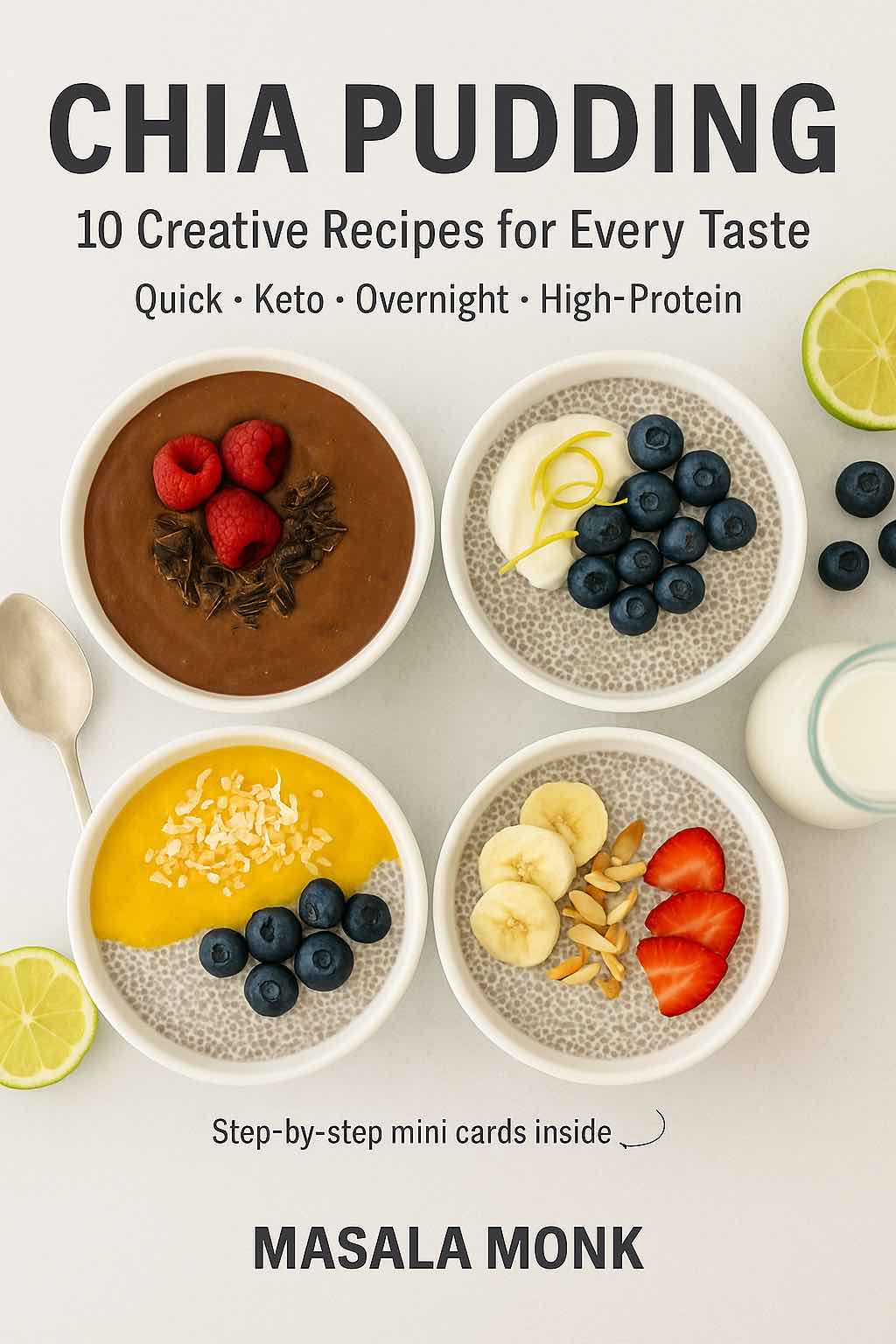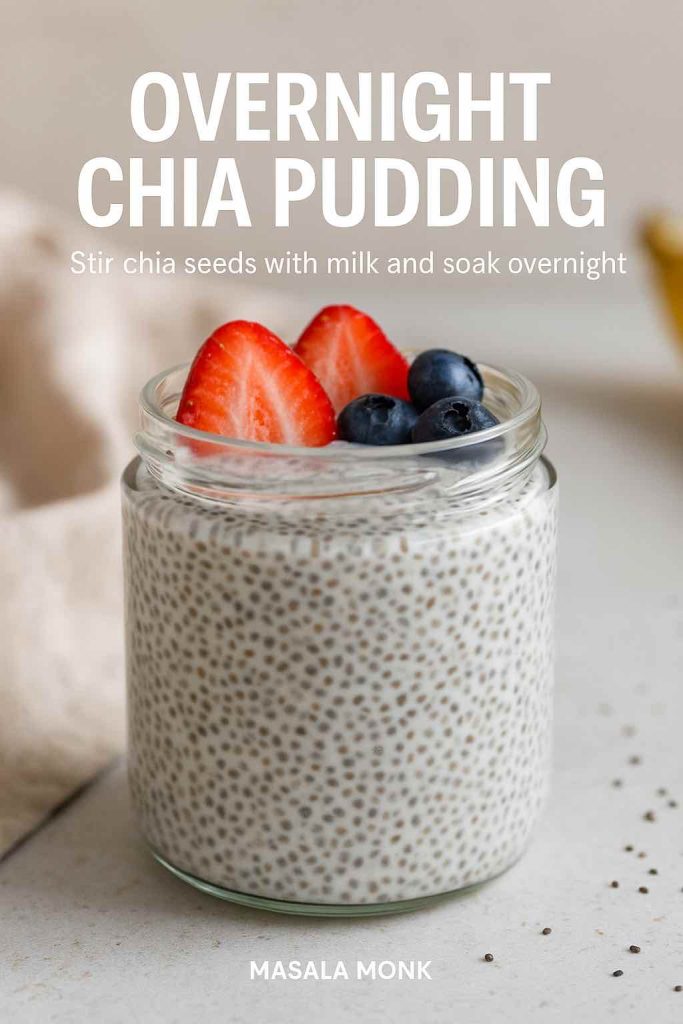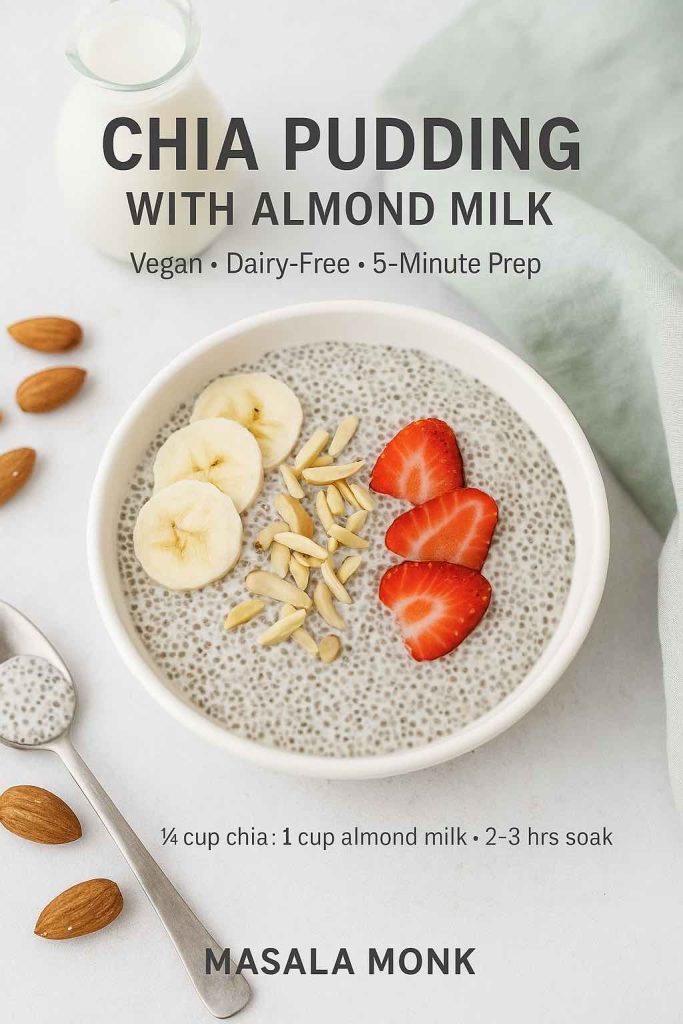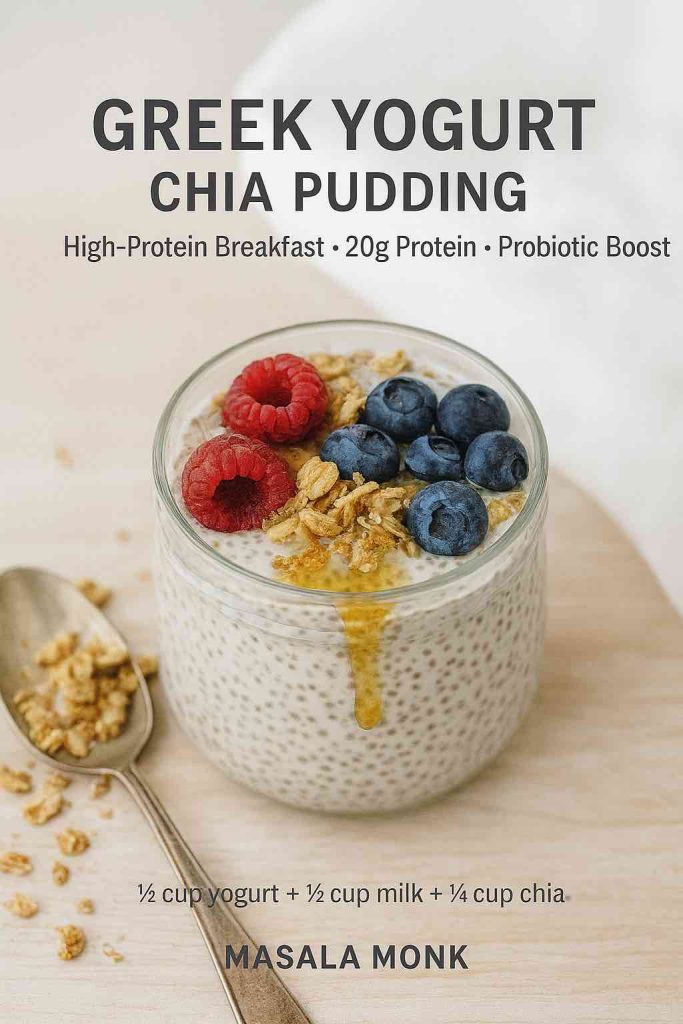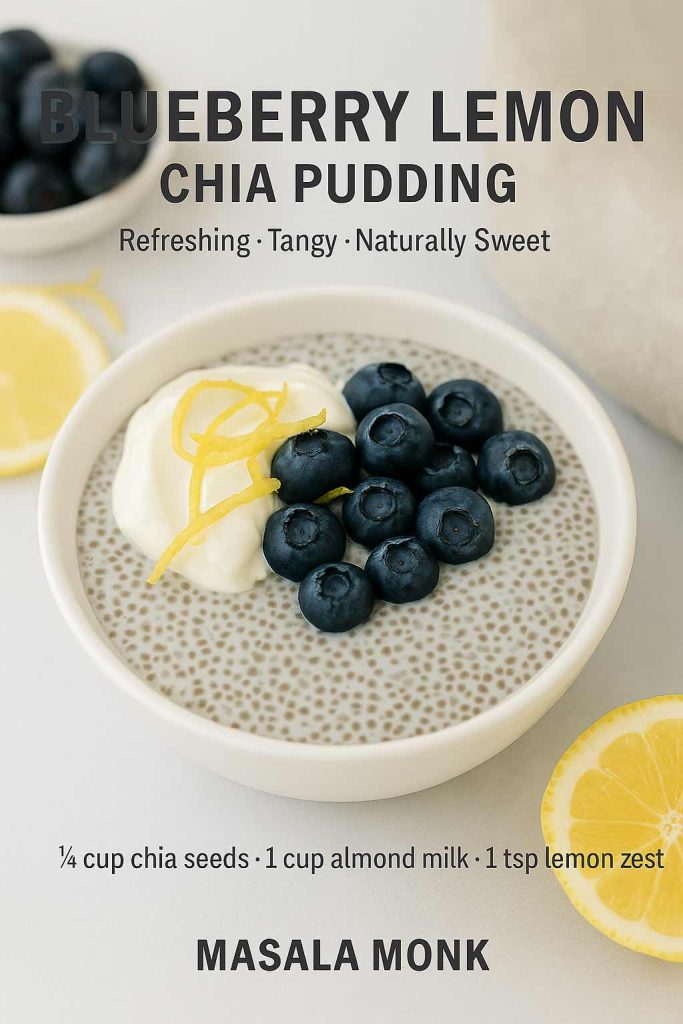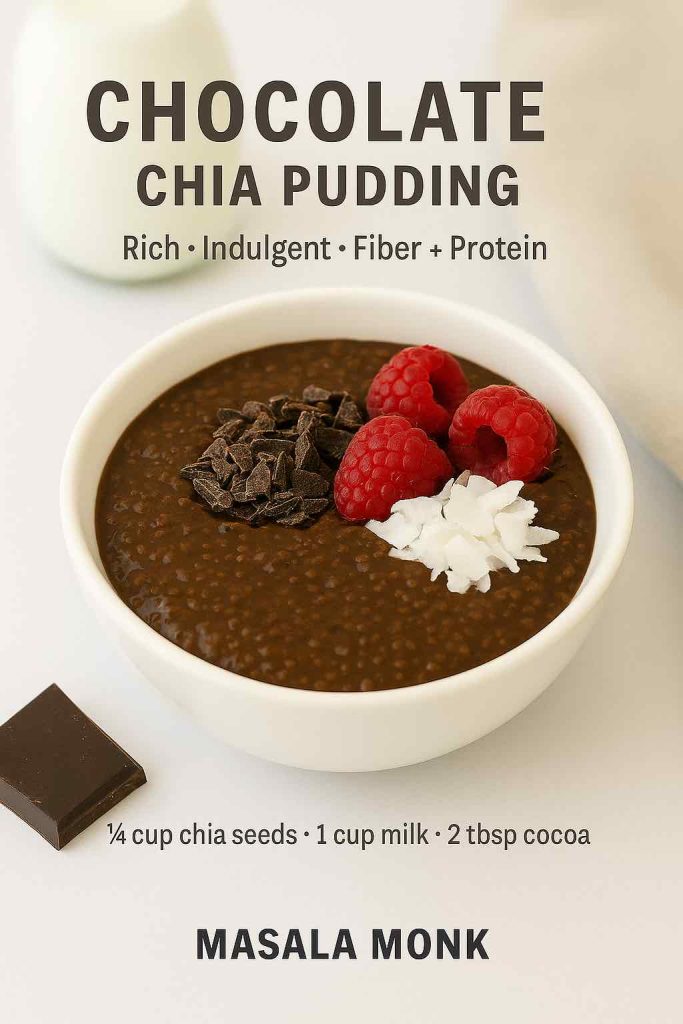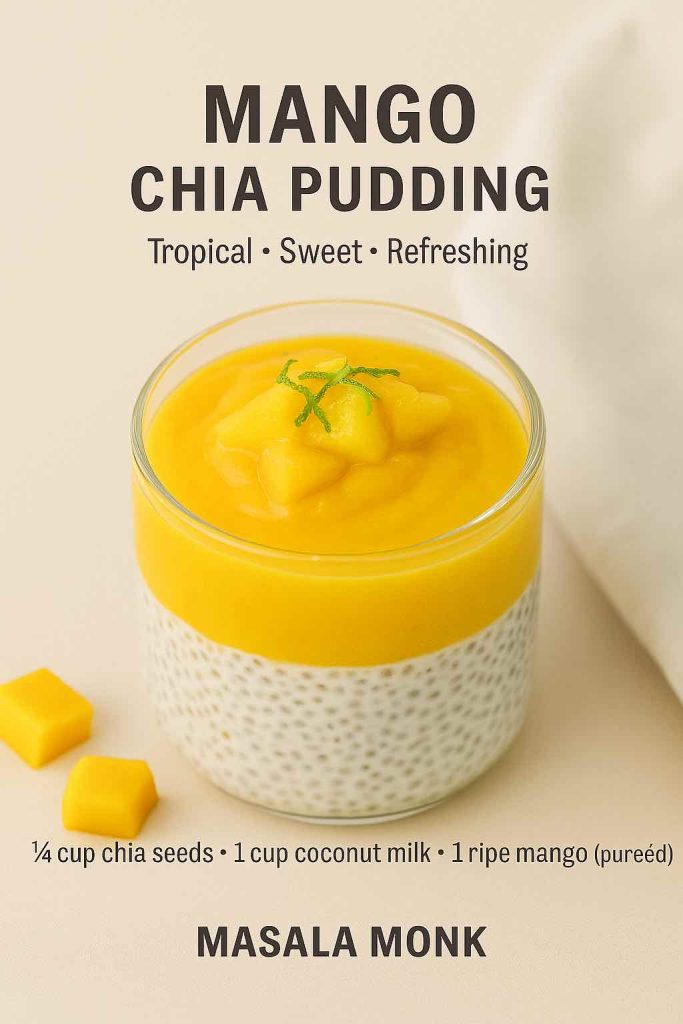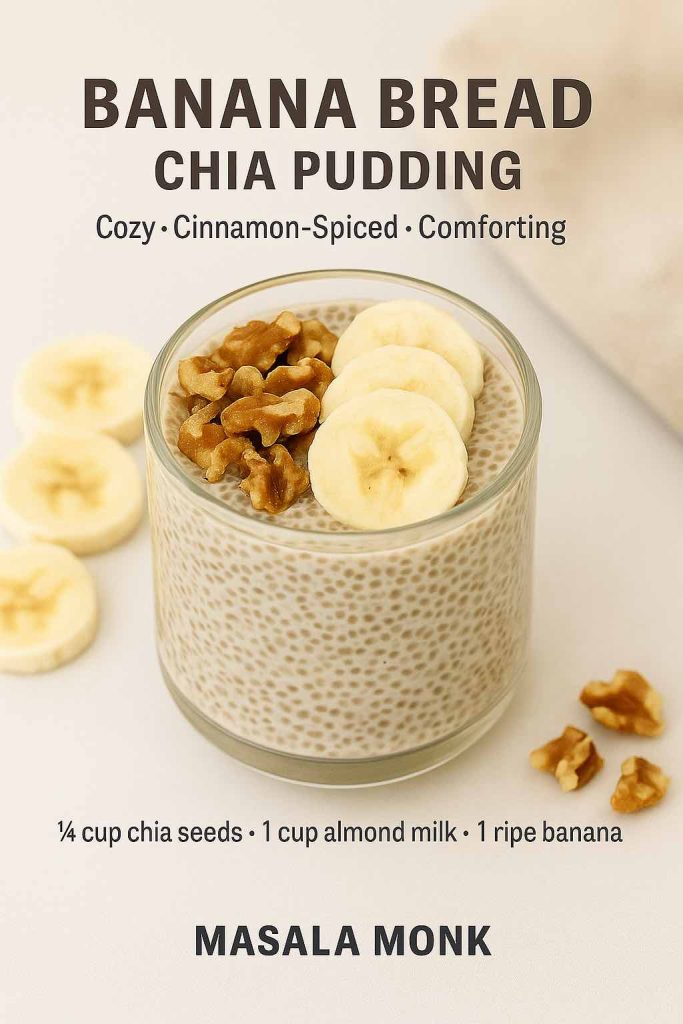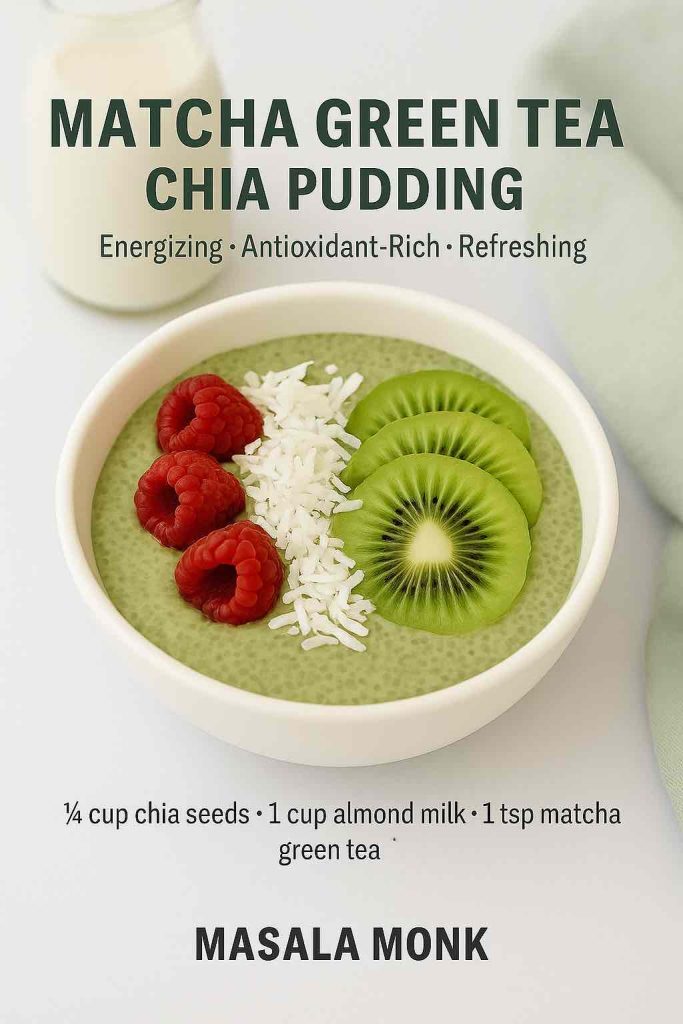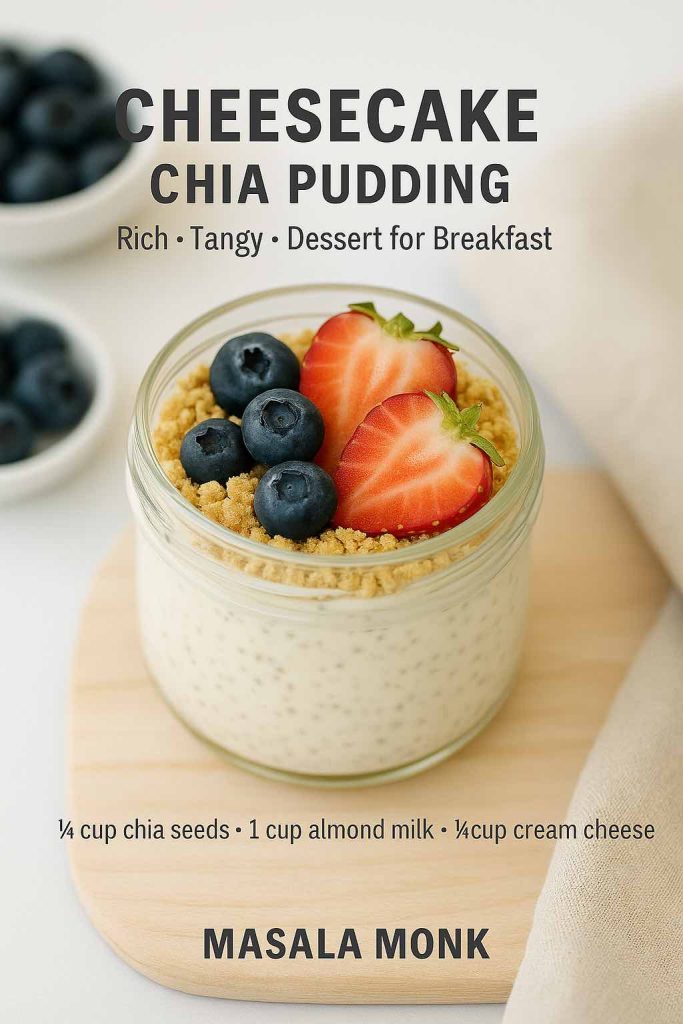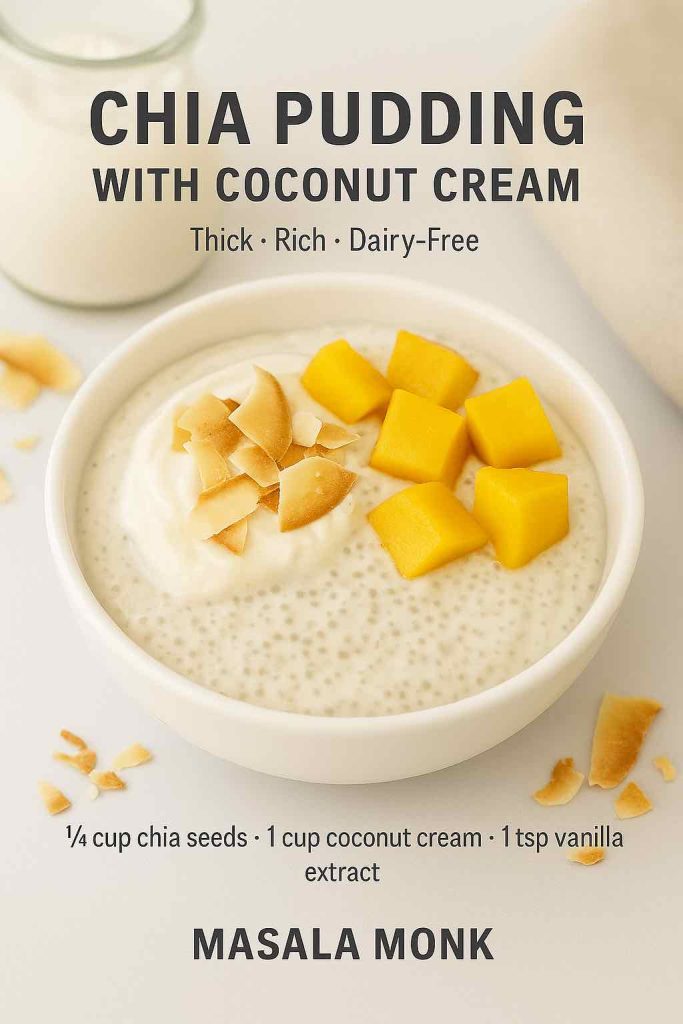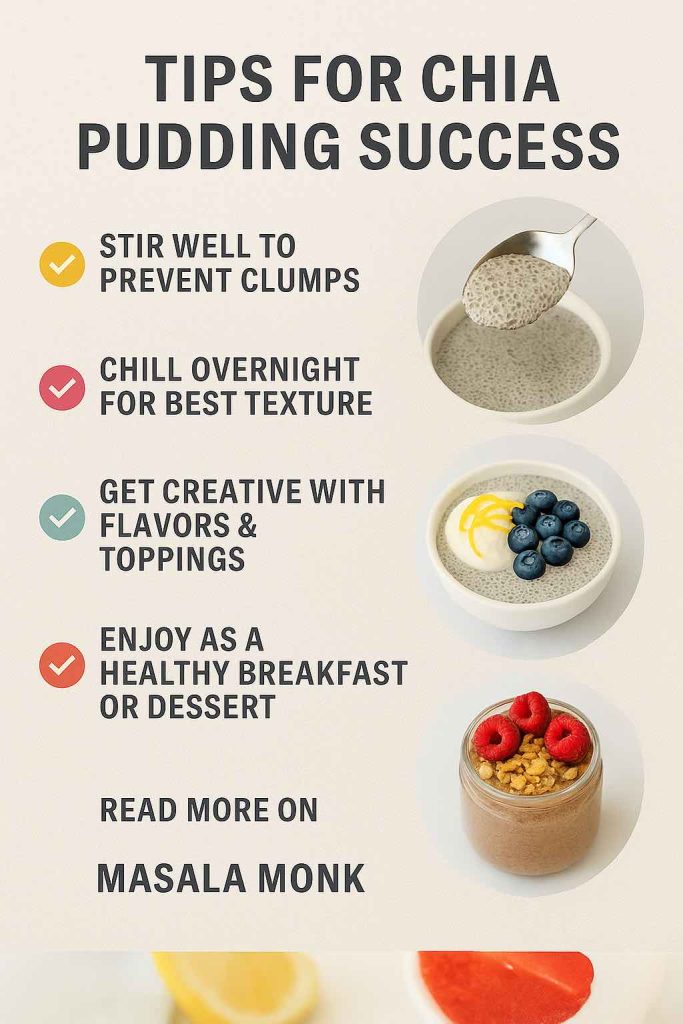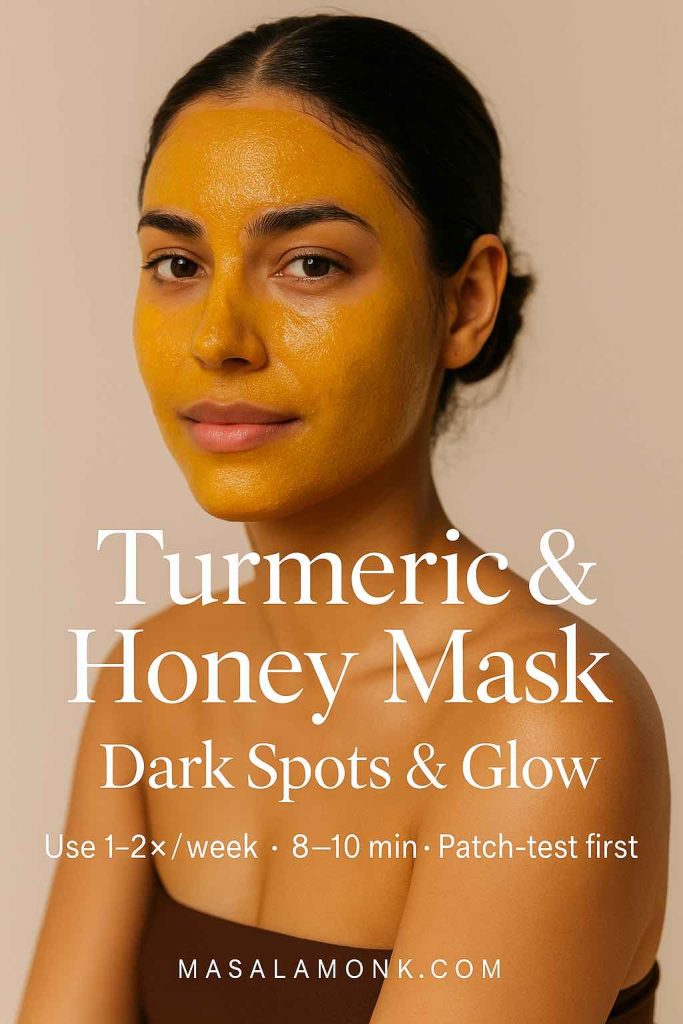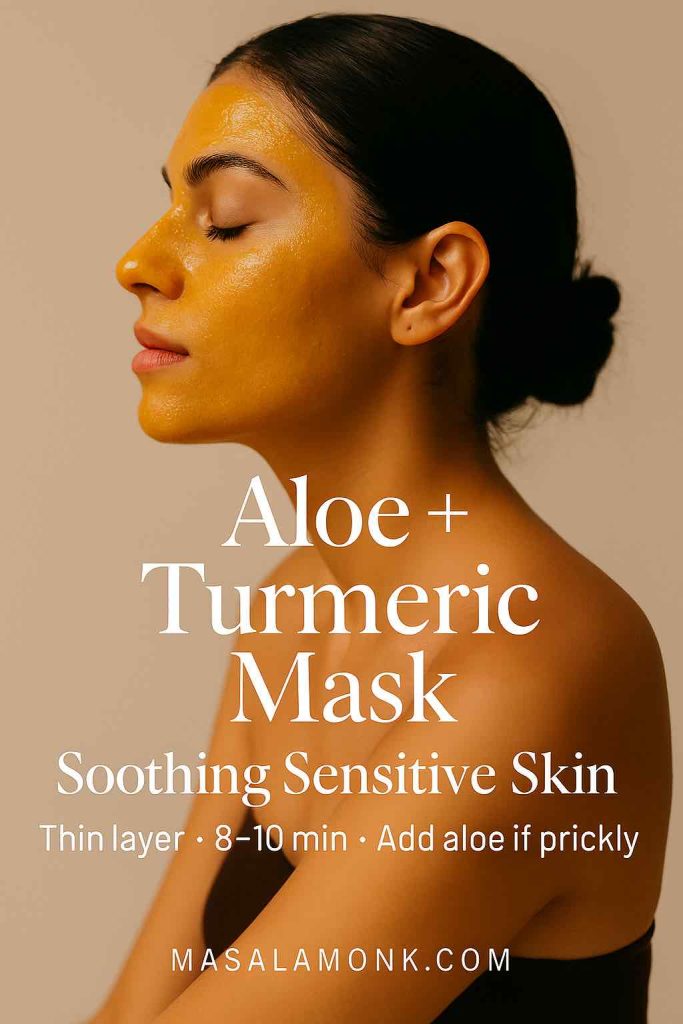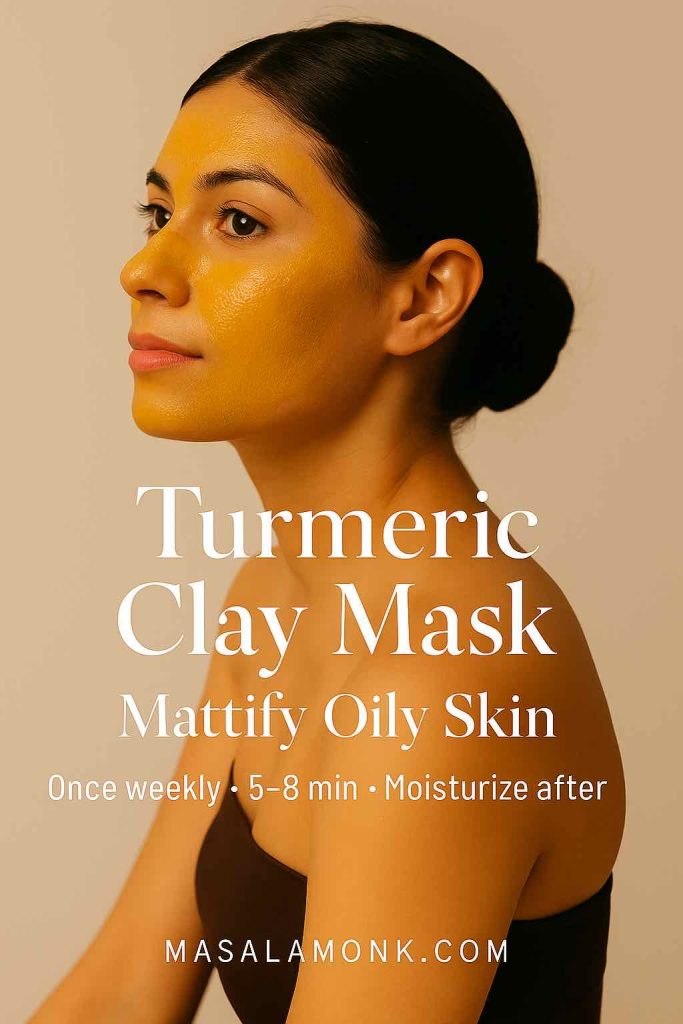
Pimples and dark spots are common skin concerns that affect people across all ages. For some, it’s a teenage struggle with acne; for others, it’s post-acne marks or pigmentation that lingers well into adulthood. While there are countless cosmetic products and treatments available, many still prefer to explore natural remedies first. Home remedies are often seen as gentler, more affordable, and part of traditional skincare wisdom passed down through generations.
Among these remedies, lemon for pimples and dark spots on face stands out as one of the most widely discussed. For centuries, lemon has been valued not only as a refreshing fruit but also as a natural skin-brightening ingredient. Rich in vitamin C, antioxidants, and citric acid, lemon is believed to help control oil, lighten scars, and refresh dull skin.
But while lemon may be beneficial, it is not a miracle solution. Its high acidity means it can cause irritation or sensitivity if applied the wrong way. That’s why it is crucial to understand how lemon works on the skin, which remedies are considered safe, and what precautions should be followed.
In this comprehensive guide, we’ll explore:
- The benefits of lemon for pimples and dark spots.
- Detailed remedies you can try at home.
- The risks and side effects you should be aware of.
- Natural alternatives to lemon for skin care.
- Practical tips for making these remedies safer and more effective.
By the end, you’ll know how to use lemon wisely as part of your skincare routine.
Also Read: Lemon for Skin Benefits: 5 DIY Recipes, Myths, & Remedies for Glowing Skin
Disclaimer
This article is for educational purposes only and not a substitute for professional medical advice. Always consult a dermatologist for persistent acne, pigmentation, or skin sensitivity.
Benefits of Lemon for Face, Pimples & Dark Spots
Before we dive into remedies, let’s understand why lemon is so popular in skincare and how it might help with pimples and pigmentation.
1. Vitamin C for Brightening and Pigmentation Control
Vitamin C is one of the most powerful antioxidants in skincare. It helps reduce melanin production—the pigment responsible for dark spots. This is why lemon, which contains high amounts of vitamin C, is believed to lighten acne scars, hyperpigmentation, and sun spots.
Example: The same reason many dermatologists recommend vitamin C serums is the reason lemon juice has gained popularity as a home remedy. It provides a natural source of this skin-brightening nutrient.
2. Citric Acid for Natural Exfoliation
Lemon juice is rich in citric acid, a type of alpha hydroxy acid (AHA). AHAs are commonly used in skincare products to exfoliate dead skin cells, unclog pores, and promote smoother skin. Using lemon in diluted form can mimic this effect, helping with clogged pores that lead to pimples.
3. Antibacterial & Antifungal Properties
Some studies suggest that lemon may have antibacterial qualities, which could reduce acne-causing bacteria on the skin’s surface. While it’s not a substitute for medical acne treatments, it can offer mild support in keeping breakouts under control.
4. Oil Control & Freshness
Lemon’s acidity helps cut through excess oil, leaving the skin feeling fresh and clean. For oily and acne-prone skin types, this can provide temporary relief from greasiness and shine.
In summary: Lemon provides vitamin C for brightening, citric acid for exfoliation, and antibacterial effects for acne control. However, these benefits come with risks, so remedies must be applied carefully.
6 Safe Remedies with Lemon Juice for Pimples and Dark Spots
If you want to try lemon for skincare, the most important rule is: always dilute it or pair it with soothing ingredients. Applying raw lemon juice directly can irritate the skin and worsen the very issues you’re trying to fix.
Below are six safe and effective home remedies that use lemon for pimples and dark spots, explained in detail.
1. Lemon Juice Dab for Pimples
If you have a sudden breakout and want something quick, a simple lemon juice dab may help. Diluting lemon juice with water and applying it directly to small pimples can dry them out. This is because lemon contains citric acid and vitamin C, which act as natural exfoliants and may help reduce clogged pores. (Healthline)
Research highlights that citrus fruits like lemon contain compounds with antibacterial properties that can target acne-causing bacteria such as Cutibacterium acnes (Medical News Today).

👉 Just remember: keep it on for no more than 10 minutes and always rinse well. And because lemon can make your skin extra sensitive to sunlight, follow up with a broad-spectrum sunscreen before heading outdoors.
How it works:
Lemon juice, when diluted, can act as a mild astringent. It helps dry out pimples and reduces oil on the surface of the skin. Its antibacterial properties may also help minimize acne-causing bacteria.
How to use it:
- Squeeze fresh lemon juice and mix with an equal amount of water.
- Dip a cotton ball in the solution.
- Dab directly on individual pimples, not the entire face.
- Leave for 10 minutes, then rinse with cool water.
Best for:
- Oily skin with occasional pimples.
- People who want quick spot-treatment.
Caution:
- Do not apply undiluted lemon juice directly to the skin.
- Avoid using this remedy on broken skin or inflamed acne.
- Never leave it overnight; extended contact may cause burns or peeling.
Tip for better results: Use this at night, and always apply sunscreen the next day, since lemon can increase sun sensitivity.
Also Read: Natural Remedy for Acne and Dark Spots: Exploring Lemons and their Role in Skin Health
2. Lemon with Honey for Pimples
For those with sensitive or acne-prone skin, pairing lemon with honey makes the treatment much gentler. Honey is well-known for its antibacterial and healing properties, which have been documented in both traditional and modern medicine (NCBI study on honey in dermatology).
To try this, mix equal parts lemon juice and honey, then apply it to problem areas. Honey helps balance out lemon’s acidity while keeping skin calm and moisturized. In fact, studies show honey supports wound healing and reduces inflammation (PMC).

👉 This remedy works particularly well for people whose skin reacts strongly to acids alone.
How it works:
Honey is naturally antibacterial and anti-inflammatory. When combined with lemon, it balances the harshness of the acid while enhancing the pimple-fighting effect.
How to use it:
- Mix 1 teaspoon lemon juice with 1 teaspoon raw honey.
- Apply as a thin layer over pimples or acne-prone areas.
- Leave for 15 minutes, then rinse with lukewarm water.
Best for:
- Oily yet sensitive skin types.
- People who want to reduce pimples without over-drying the skin.
Caution:
If your skin is very oily, don’t use thick honey masks too often, as they may clog pores.
Tip for better results: Use raw, organic honey if possible. It retains more antibacterial properties compared to processed honey.
Also Read: Acne-Friendly Nuts: Exploring the Top 5 Choices for Clear and Radiant Skin
3. Lemon and Aloe Vera for Dark Spots
If dark spots or acne scars are your main concern, combining lemon with aloe vera may be the right choice. Aloe vera is soothing, hydrating, and often used in treating hyperpigmentation. Research confirms that aloe vera contains compounds like aloesin, which may help lighten dark patches and even out skin tone (Frontiers in Medicine, Healthline).
Mix one teaspoon of lemon juice with two teaspoons of fresh aloe gel and apply to dark spots for about 15 minutes. This blend makes lemon less harsh, while aloe provides a soothing, healing touch.

👉 It’s a safe, natural option for those with post-acne marks who want something gentler than chemical brighteners.
How it works:
Aloe vera is soothing, hydrating, and promotes skin healing. Combining it with lemon makes the remedy gentler while targeting pigmentation and dark spots.
How to use it:
- Mix 1 teaspoon lemon juice with 2 teaspoons aloe vera gel.
- Apply directly on dark spots or acne scars.
- Leave for 15 minutes, then rinse off with cool water.
Best for:
- Sensitive skin that cannot tolerate harsh remedies.
- People with post-acne marks or uneven pigmentation.
Caution:
Even with aloe vera, lemon may still sting on sensitive areas. Always patch test first.
Tip for better results: Use freshly extracted aloe vera gel from the plant for maximum soothing effect.
Also Read: Aloe Vera: Nature’s Miracle Plant for Skin
4. Lemon with Turmeric for Skin Brightening
Another time-tested remedy is mixing lemon with turmeric, a spice valued in Ayurveda for centuries. Turmeric contains curcumin, a compound with strong anti-inflammatory and antioxidant properties that may help reduce acne scars and pigmentation. Clinical reviews support turmeric’s role in improving various skin conditions, including acne and uneven tone (PubMed on turmeric and skin).
Combine lemon juice with a small pinch of turmeric, apply to problem areas, and rinse off after 10 minutes. The lemon exfoliates gently, while turmeric calms irritation and gives a natural glow.

👉 Just be mindful that turmeric can leave a temporary yellow tint on the skin — nothing a good wash can’t fix!
How it works:
Turmeric has anti-inflammatory and antioxidant properties. It helps calm inflamed skin while brightening dull areas. Combined with lemon, it may help even out skin tone and reduce pigmentation.
How to use it:
- Mix 1 teaspoon lemon juice with a pinch of turmeric powder.
- Apply as a spot treatment on marks or discolored patches.
- Leave for 10 minutes, then wash off.
Best for:
- Dull, uneven skin tone.
- Mild pigmentation issues.
Caution:
Turmeric may leave a yellow tint on the skin, which usually fades after a few washes.
Tip for better results: Mix turmeric with chickpea flour and yogurt along with lemon to create a traditional face pack used in Indian skincare rituals.
Also Read: 5 DIY Turmeric Face Masks for Glow & Dark Spots
5. Lemon Water Rinse for Face Cleaning
If your skin feels greasy and dull, a lemon water rinse might be just what you need. Adding a few drops of lemon juice to a cup of water and splashing it on your face after cleansing can give a refreshing finish.
This method provides a mild astringent effect without exposing your skin to too much acidity. While not as strong as other remedies, it helps balance oil and offers a fresh, clean feel.

👉 It’s best for those with oily or combination skin who want a light, everyday refresh.
How it works:
Using a very diluted solution of lemon water can refresh the skin, reduce greasiness, and act as a mild toner.
How to use it:
- Add 3–4 drops of lemon juice to one cup of water.
- After washing your face with a mild cleanser, use this mixture as the final rinse.
- Pat dry gently with a soft towel.
Best for:
- Oily skin types needing a quick refresh.
- People who want a gentle method without concentrated lemon juice.
Caution:
Do not make the mixture strong. More lemon juice doesn’t mean better results.
Tip for better results: Use chilled lemon water rinse for extra freshness and tightening effect on pores.
6. Lemon with Milk for Gentle Skin Lightening
Finally, if you’re looking for a softer way to use lemon, try mixing it with milk. Milk contains lactic acid, a natural alpha-hydroxy acid (AHA) that gently exfoliates dead skin cells and promotes brighter, smoother skin (Verywell Health on lactic acid).
Mix lemon juice with raw milk and apply it to dark spots or dull areas. Leave it on for 10–12 minutes before rinsing. This combination offers mild exfoliation and hydration at the same time, making it less harsh than raw lemon juice alone.

👉 It’s especially beneficial for dry or tired-looking skin, as it refreshes without over-drying.
How it works:
Milk contains lactic acid, a natural exfoliant, and moisturizer. When mixed with lemon juice, the result is a gentler skin-lightening mask that exfoliates and hydrates simultaneously.
How to use it:
- Mix 1 teaspoon lemon juice with 2 teaspoons raw milk.
- Apply evenly to dark patches or dull areas.
- Leave for 10–12 minutes, then rinse.
Best for:
- Dry or combination skin types.
- People who want mild exfoliation without irritation.
Caution:
Skip this remedy if you are lactose-intolerant or allergic to milk proteins.
Tip for better results: Add a pinch of turmeric or a few drops of honey for extra nourishment.
Disclaimer
This article is for educational purposes only and not a substitute for professional medical advice. Always consult a dermatologist for persistent acne, pigmentation, or skin sensitivity.
Quick Comparison: Lemon Remedies for Pimples & Dark Spots
| Remedy | Best For | How It Helps | Cautions |
|---|---|---|---|
| Lemon Juice Dab | Oily skin, occasional pimples | Dries out pimples, reduces excess oil | Always dilute; don’t leave overnight; avoid on inflamed acne |
| Lemon + Honey | Oily + sensitive skin | Antibacterial, calms inflammation, moisturizes | Use raw honey; may clog pores if used too often on very oily skin |
| Lemon + Aloe Vera | Sensitive skin, acne scars, dark spots | Hydrates, heals, reduces pigmentation | Patch test; aloe makes it gentler, but lemon may still sting |
| Lemon + Turmeric | Dull skin, uneven tone | Brightens skin, reduces inflammation | May leave yellow tint; avoid on sensitive skin |
| Lemon Water Rinse | Oily skin needing refresh | Acts as mild toner, reduces greasiness | Must be very diluted; overuse can dry skin |
| Lemon + Milk | Dry/combination skin, mild pigmentation | Gentle exfoliation, hydration + lightening | Not for those allergic to milk; use fresh milk for best results |
Side Effects & Precautions of Using Lemon on Face
Lemon is powerful, but it can also be harsh if used incorrectly. Below are the main risks you need to be aware of, supported by medical research and dermatologist insights.
1. Phototoxicity (“Margarita Burn”) from Sun Exposure
One of the most concerning risks is phytophotodermatitis, a skin reaction that happens when lemon juice is exposed to sunlight. It can cause blister-like burns that later turn into dark, long-lasting pigmentation.
For example, a case in Arizona documented a child developing second-degree burn–like blisters after lemon juice touched her skin under direct sun (HMP Global Learning Network). Research shows that furocoumarins in lemon oil, such as bergapten, are responsible for these painful reactions (PubMed).
Takeaway: Always use lemon treatments at night, and wear sunscreen the next day.
2. Chemical Burns and Irritation from Acidity
Lemon juice has a very low pH (~2), making it far more acidic than the skin’s natural barrier. Used undiluted, it can cause burning, redness, and dryness. Dermatologists warn that while vitamin C may help skin health, raw lemon juice is often too harsh.
Tip: Always dilute lemon with water or mix it with soothing ingredients like honey or aloe vera.
3. Allergic or Phototoxic Reactions Beyond Burns
Apart from irritation, lemon peel and juice contain psoralens—compounds that make the skin more sensitive to sunlight and can trigger rashes or swelling. This condition, called photodermatitis, can range from mild redness to painful inflammation (Wikipedia).
Tip: If you notice itching, stinging, or unusual redness, wash it off and stop using lemon.
4. Patchy Hyperpigmentation After Irritation
Even if no burn occurs, lemon can damage the skin barrier, leading to post-inflammatory hyperpigmentation (PIH). This means dark spots that may linger for months, especially in medium to dark skin tones. Reports show that even mild citrus-induced reactions can leave lasting discoloration (Greatist, PubMed).
Tip: Always do a patch test on your inner arm before applying lemon to your face.
5. Risks of Frequent and Repeated Use
Even small exposures can add up over time. Researchers warn that repeated use of citrus oils combined with sun can increase long-term phototoxic damage and uneven pigmentation (ScienceDirect).
Tip: Use lemon-based remedies only 2–3 times per week, not daily.
Quick Safety Checklist
- ✅ Always dilute lemon juice.
- ✅ Patch-test before applying to your face.
- ✅ Apply only at night.
- ✅ Use sunscreen the next morning.
- ✅ Stop immediately if irritation occurs.
👉 In short: lemon can brighten your skin, but misuse may lead to burns, scars, or stubborn dark spots. Use it sparingly, mix it with gentler ingredients, and never skip sun protection.
🩺 Dermatologists’ Take on Using Lemon for Skin
While lemon is popular in DIY skincare, most dermatologists strongly advise caution—or complete avoidance. Here’s what experts say:
- Not recommended for acne treatment
“None of the dermatologists we spoke with advised using lemon juice as a treatment for blemishes… applying it directly to skin can cause more harm than good.”
— Byrdie - High risk of phototoxic reactions
“Lemon juice is a photosensitizer… can fry skin.”
— Dr. Doris Day, via Self - Skin burns and discoloration possible
“Lemon is acidic and can burn the skin, leaving it raw and discolored.”
— Drs. Ava Shamban & Mona Gohara, via Allure - Avoid citrus + sun exposure
“Using citrus in the sun can cause a phototoxic reaction called phytophotodermatitis… severe blistering and long-lasting hyperpigmentation.”
— Dr. Lindsey Zubritsky, via NY Post - Real-world medical cases
Published reports document second-degree burn–like reactions and persistent dark patches after lemon or lime exposure combined with sunlight.
— PubMed, ResearchGate
👉 Key takeaway: Dermatologists recommend sticking to formulated vitamin C serums or gentler natural alternatives like aloe vera and turmeric instead of raw lemon juice.
Alternative Natural Remedies for Pimples & Dark Spots
If lemon doesn’t suit you, here are gentler natural alternatives:
- Aloe Vera Gel – Soothes, hydrates, and helps heal scars.
- Raw Honey – Antibacterial and moisturizing.
- Turmeric Paste – Reduces inflammation and evens skin tone.
- Green Tea Extract – Antioxidant-rich, calms acne-prone skin.
- Potato Juice – Traditionally used to lighten dark spots.
- Rose Water – Works as a natural toner and skin balancer.
Conclusion
Lemon is one of the most popular natural remedies for skincare. It offers vitamin C, citric acid, and antibacterial properties that may help reduce pimples, lighten dark spots, and brighten the skin. However, it should never be seen as a quick fix or miracle solution.
Using lemon for pimples and dark spots on face works best when it’s combined with soothing ingredients like honey, aloe vera, or milk. Always dilute lemon juice, never leave it overnight, and protect your skin from sunlight afterward.
For many, lemon can be a helpful part of a home skincare routine. For others, it may be too harsh, in which case alternatives like aloe vera or turmeric are safer. Ultimately, clear skin comes from patience, consistent care, and listening to how your skin reacts.
Disclaimer
This article is for educational purposes only and not a substitute for professional medical advice. Always consult a dermatologist for persistent acne, pigmentation, or skin sensitivity.
FAQ: Using Lemon for Face, Pimples, and Dark Spots
1. Is lemon good for pimples?
Yes, lemon juice contains citric acid and vitamin C, which can help reduce excess oil, dry out pimples, and fight acne-causing bacteria. However, applying raw lemon directly on pimples can be too harsh and may cause irritation or dark marks. It’s best to dilute lemon juice with water, honey, or aloe vera before applying it as a spot treatment. Always patch test first.
2. Can lemon remove pimples overnight?
Lemon is sometimes used as an overnight pimple remedy, but dermatologists generally do not recommend leaving it on the skin overnight. Its strong acidity can cause redness, burning, or even chemical burns if left too long. Instead, apply diluted lemon juice for 10–15 minutes and wash it off before bed. For overnight treatments, gentler natural remedies like aloe vera gel or dermatologist-approved creams are safer.
3. How to use lemon on face for dark spots?
Lemon juice can help fade dark spots because vitamin C works as a natural skin brightener and mild exfoliant. To use it safely:
- Mix fresh lemon juice with honey, rose water, or aloe vera.
- Apply to the dark spots for 10–15 minutes.
- Rinse with cool water.
- Use only 2–3 times a week, and always apply sunscreen the next day to avoid hyperpigmentation.
4. How do you apply lemon on pimples or acne safely?
The safest way to apply lemon for pimples is as a diluted spot treatment. Mix a few drops of lemon juice with honey or aloe vera, dab gently on the pimple using a cotton swab, leave for 5–10 minutes, and rinse off. Avoid rubbing lemon juice all over your face because it can disrupt your skin barrier.
5. Can lemon juice really remove pimples and dark spots?
Lemon juice can help lighten dark spots and dry out pimples thanks to its antioxidant and antibacterial properties. But results vary, and it’s not a miracle cure. For stubborn acne or deep pigmentation, professional treatments like retinoids, chemical peels, or laser therapy are more effective. Think of lemon as a supportive home remedy, not a replacement for medical care.
6. What are the side effects of using lemon on the face?
While lemon has benefits, it can also cause problems:
- Burning or stinging from its high acidity.
- Phototoxic reactions if exposed to sunlight (sometimes called “Margarita burn”).
- Hyperpigmentation or dark patches in sensitive skin.
- Dryness or peeling with frequent use.
To reduce risks, always dilute lemon, use it sparingly (2–3 times weekly), and never step into the sun without sunscreen after applying it.
7. Can I leave lemon on my face overnight?
It’s not recommended to leave lemon juice on your face overnight. Because lemon is highly acidic, long exposure can irritate the skin, cause redness, or even chemical burns. Instead, apply a diluted mix (for example, lemon with honey or rose water) for 10–15 minutes, then rinse off before bedtime. If you’re looking for overnight remedies, gentler options like aloe vera gel or green tea extract are safer for continuous use.
8. How often should I use lemon on my face?
For most skin types, using lemon remedies two to three times a week is enough. Overusing it can strip natural oils and lead to dryness, peeling, or dark marks (post-inflammatory hyperpigmentation). If you’re just starting, try once a week to see how your skin reacts, then gradually increase frequency if your skin tolerates it.
9. Can lemon and milk be used together for skin?
Yes! Mixing lemon with milk is a traditional home remedy for skin brightening and softening. Milk contains lactic acid, which gently exfoliates, while lemon adds vitamin C for lightening dark spots. To use:
- Mix 1 teaspoon lemon juice with 2 teaspoons raw milk.
- Apply as a face mask for 10 minutes.
- Rinse with lukewarm water.
This combination is milder than using lemon alone and is often suitable for dry or sensitive skin.
10. Is lemon and turmeric good for pimples?
Absolutely. Turmeric has anti-inflammatory and antibacterial properties, and when combined with lemon’s acidity, it can help reduce acne and brighten scars. To make a quick paste:
- Mix ½ teaspoon turmeric with a few drops of lemon juice and honey.
- Apply to pimples or dark spots for 10 minutes.
- Rinse thoroughly to avoid yellow stains.
This combo works well for oily and acne-prone skin, but always patch test first since both turmeric and lemon can stain or irritate sensitive skin.
11. Does lemon help with oily skin?
Yes, lemon juice naturally works as an astringent—it reduces excess oil, tightens pores, and refreshes greasy skin. You can use diluted lemon juice as a toner substitute by mixing it with rose water or cucumber juice. But remember: lemon is strong, so use it sparingly and follow with a light moisturizer to avoid over-drying.
12. What precautions should I take when using lemon on my face?
Here are a few important safety tips:
- Always dilute lemon with honey, milk, aloe vera, or rose water.
- Patch test on your wrist or jawline before applying to your face.
- Never step into the sun immediately after using lemon—it can cause phototoxic reactions.
- Moisturize after washing it off, as lemon can dry out your skin.
- If you have eczema, rosacea, or very sensitive skin, it’s best to avoid lemon remedies altogether.


